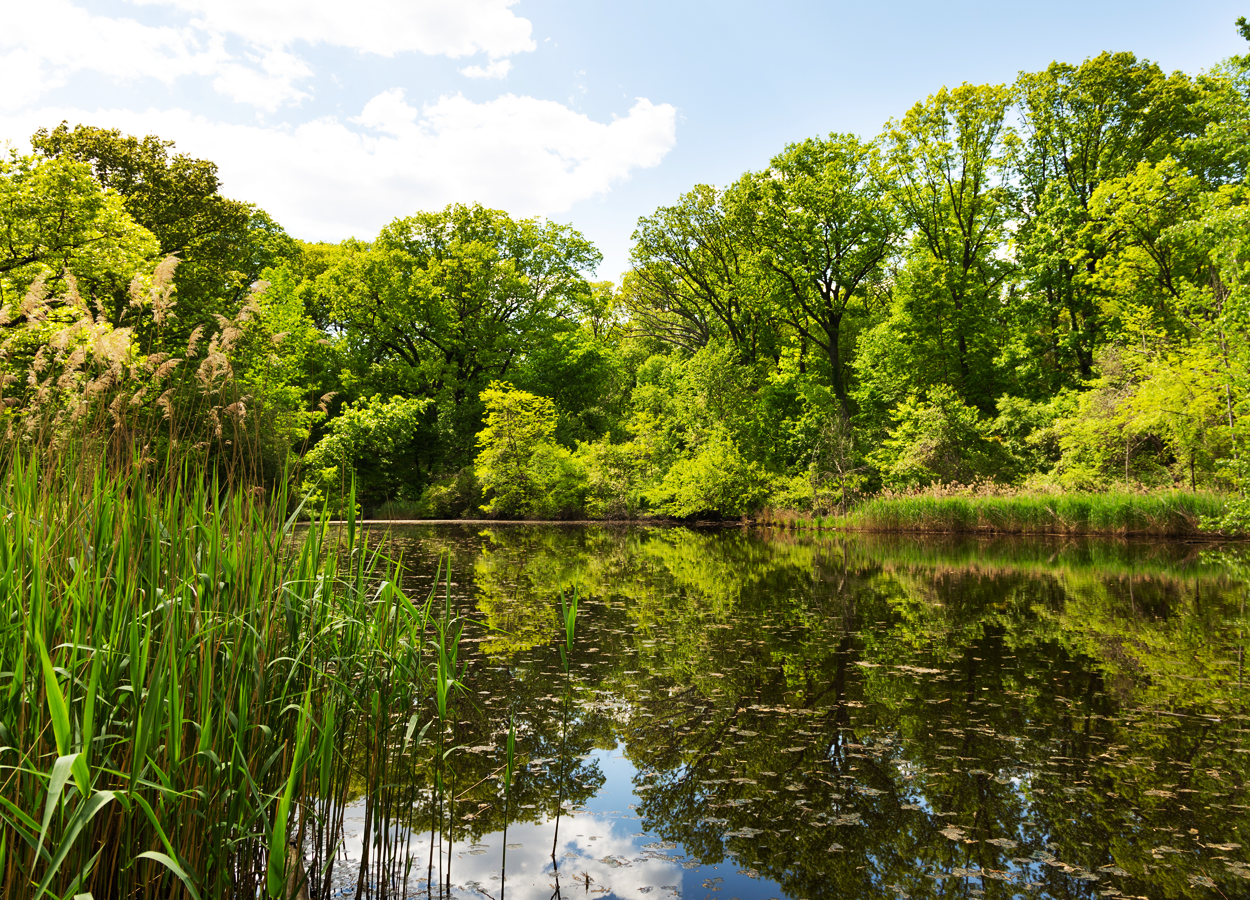
Bat Sanctuaries

What are Bat Sanctuaries?
Bat sanctuaries are carefully designated areas that provide bats with safe, suitable environments for roosting, breeding, and foraging. These sanctuaries play an essential role in sustaining bat populations and ensuring their well-being by creating and maintaining habitats that replicate the natural conditions they need, along with providing supplemental habitat structures.
Sanctuaries offer a refuge for various bat species, including those that are endangered or threatened. By providing a secure space, we help protect bats from habitat loss, disease, and other challenges they face. Additionally, bat sanctuaries present opportunities for research and education, enhancing our understanding of bats' ecological importance and allowing us to share this knowledge with the wider community.
At Gotham Bat Conservancy, we are dedicated to the establishment, ongoing care, and preservation of bat sanctuaries. We offer a range of materials and support at no cost to qualifying organizations and institutions that incorporate bat conservation and educational programming. Eligible groups include (but are not limited to) parks, nonprofit organizations, land trusts, and conservancies looking to enhance their spaces with conservation and restoration initiatives.
If your organization is interested in partnering with GBC to establish a bat sanctuary, please click the link below to let us know how we can support your project.
Why We Need Bat Sanctuaries
-
Habitat Destruction
Habitat destruction occurs when important habitats for shelter or the prey for bats are removed. Removal of trees (deforestation), development of open spaces for roads or buildings, and draining wetlands all reduce the natural habitat for bats.
-
Habitat Fragmentation
Habitat fragmentation occurs when roads, farms, cities, and other development divide and isolate habitats. This form of habitat loss is especially dangerous to bats and other migratory animals as it makes traditional travel paths disappear or become more dangerous, with less food and shelter available along the way.
-
Habitat Degradation
Habitat degradation occurs when chemicals or other factors cause an area to be unhealthy for bats, reducing the number of appropriate areas for them to live in. This can be a result of pesticide use, light pollution, or contaminated water. Invasive species can also drastically change an ecosystem and make areas unlivable.

GBC-Backed Bat Sanctuaries
-

Strack Pond
Forest Park Preserve
Queens, NYC -

Camphill Village
Copake
Hudson Valley, New York -

Heritage Conservancy
Protected Private Land
Bucks County, PA
GBC Provides Sanctuaries With:
-

Bat House Materials
Bat Sanctuaries may be supplied with bat houses and other materials needed to install a bat house to provide supplemental habitat.
-

Native Plants and Native Seed Mixes
GBC also provides native plants and native seed mixes to support forage habitat restoration within Bat Sanctuaries.
-

Native Trees
Native tree containers may also be provided to support forest habitat restoration projects within Bat Sanctuaries.
-

Additional Support
Additionally, GBC provides much-needed support to carry out restoration projects within Bat Sanctuaries by providing additional volunteer support to carry out the important work they do.



